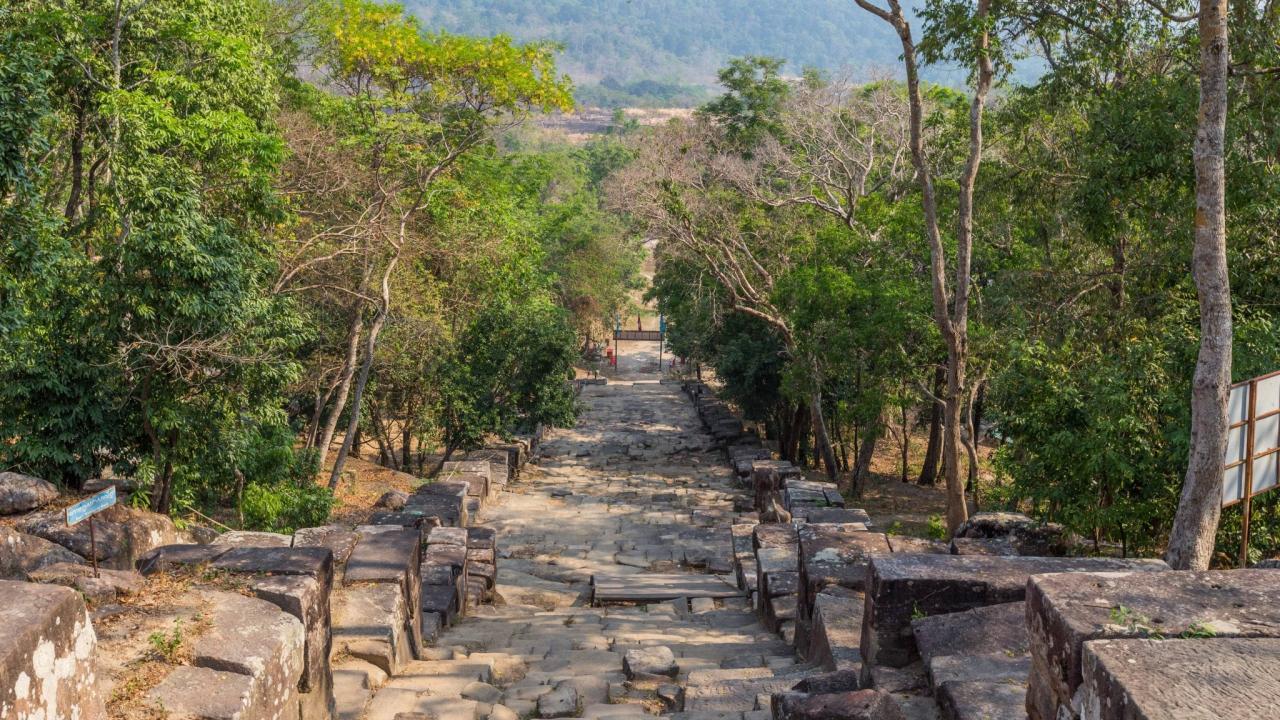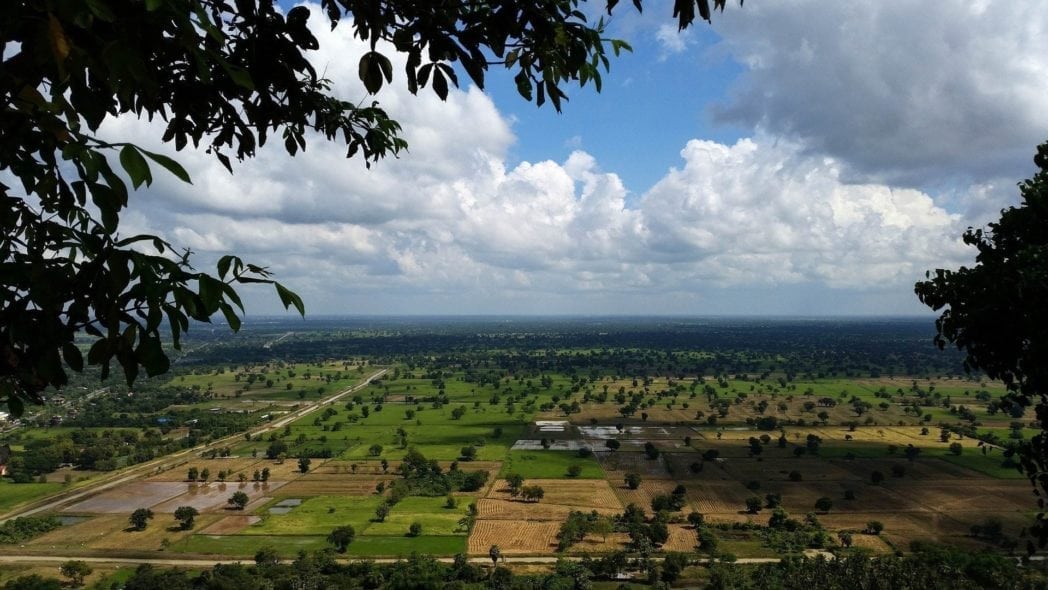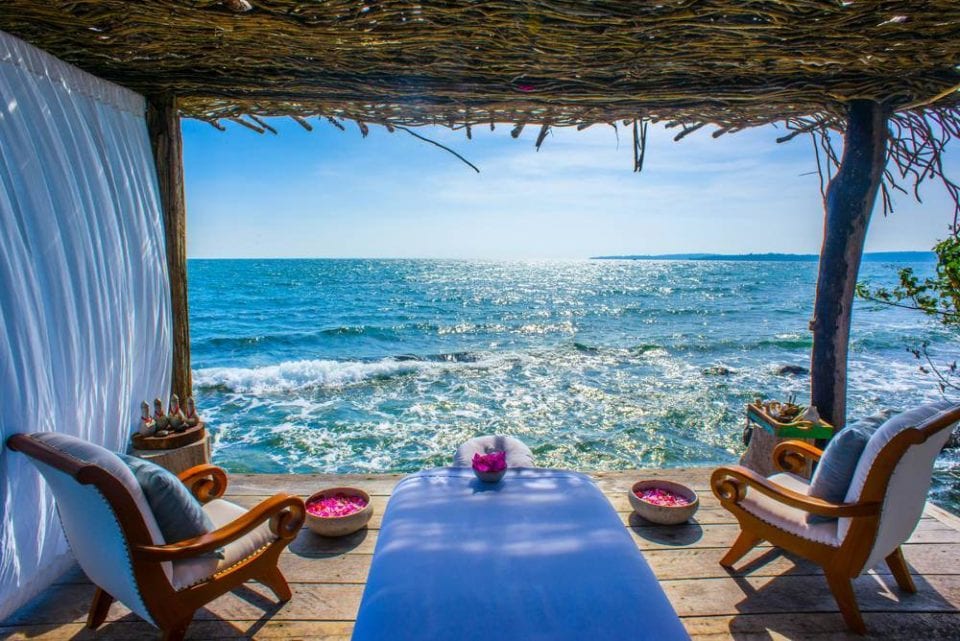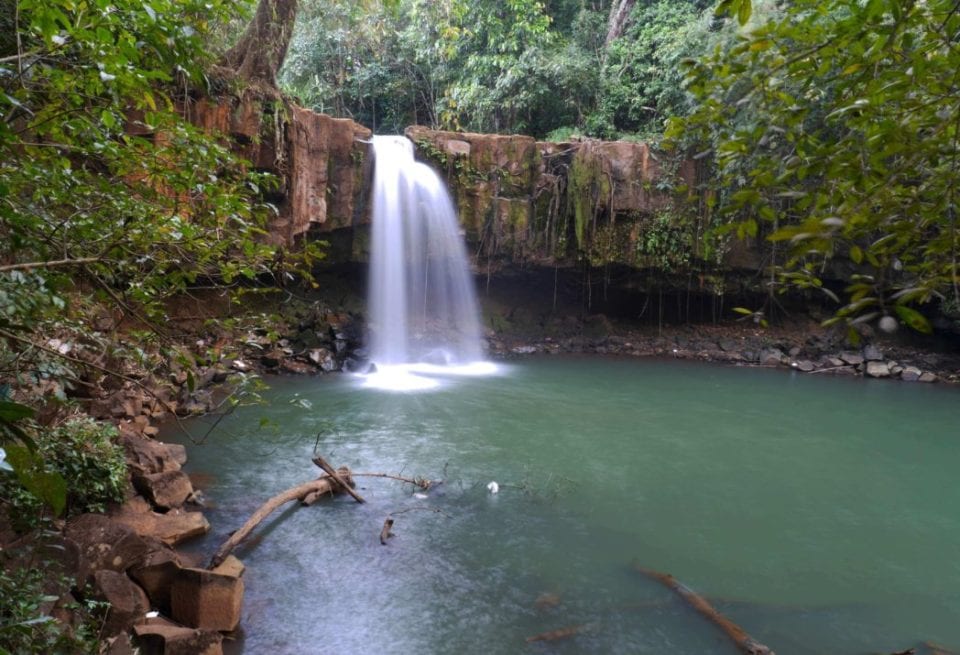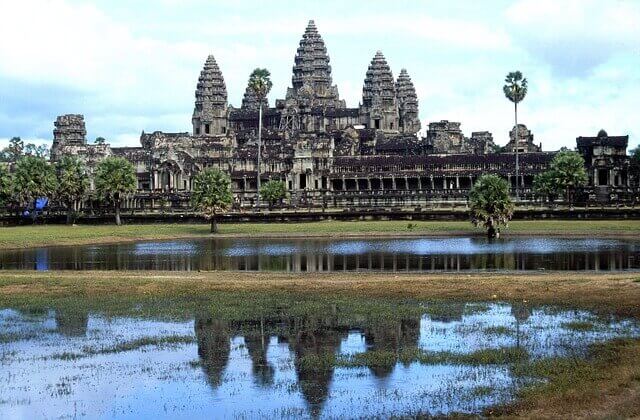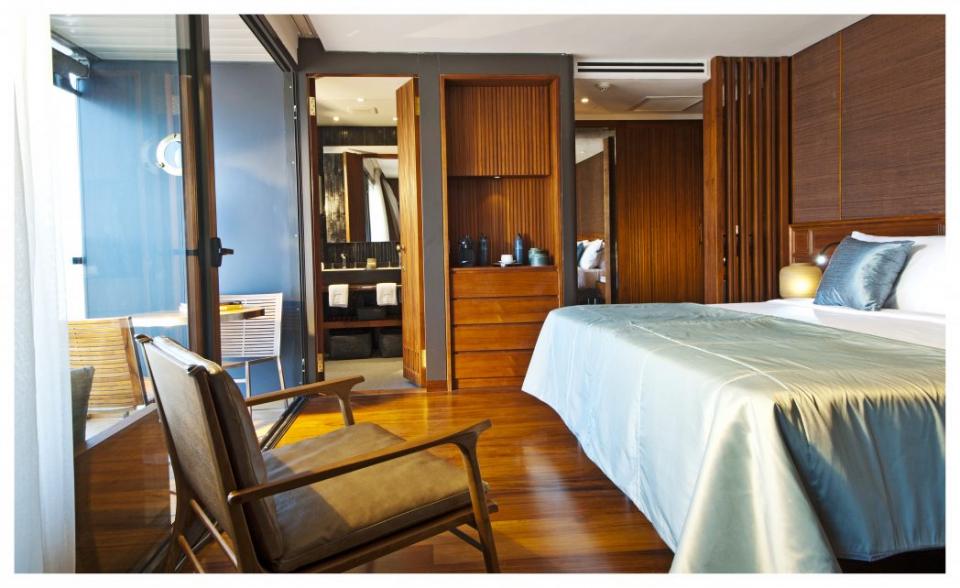Preah Vihear
Preah Vihear has been preserved from the mass tourism due to the lack of infrastructure development so the region is an opportunity for an authentic excursion.
In this hardly accessible area, travelling during the dry season is highly recommended. However, the magnificent Angkor temples are worth visiting.
Preah Vihear is perched on a hilltop with a commanding view of its surroundings. Predating Angkor Wat by 100 years, the history of the temple/fortress is somewhat unclear, but it is known to be dedicated to the god Shiva and thought to have been constructed in the reign of Suryavarman I (1002-50), with further significant additions by Suryavarman II (1113-50). Unlike most Khmer temples, the temple is constructed on a long north-south axis, instead of the usual rectangular plan facing east.
Though easily accessible from present-day Thailand, and for some years occupied by that country, the temple was nonetheless claimed by Cambodia on the basis of a map prepared during French colonial times. In 1959 Cambodia brought the dispute to the International Court of Justice, which in 1962 ruled that, because Thailand had for years accepted this map, Cambodia had sovereignty over Preah Vihear. In 2008, after a contentious nomination process, the temple was listed as a UNESCO World Heritage Site.
The Temple of Preah Vihear: situated on the edge of a plateau that dominates the plain of Cambodia, the Temple of Preah Vihear is dedicated to Shiva. The Temple is composed of a series of sanctuaries linked by a system of pavements and staircases over an 800 metre long axis and dates back to the first half of the 11th century AD. Nevertheless, its complex history can be traced to the 9th century, when the hermitage was founded. This site is particularly well preserved, mainly due to its remote location. The site is exceptional for the quality of its architecture, which is adapted to the natural environment and the religious function of the temple, as well as for the exceptional quality of its carved stone ornamentation.
Construction of the first temple on the site began in the early 9th century; both then and in the following centuries it was dedicated to the Hindu god Shiva in his manifestations as the mountain gods Sikharesvara and Bhadresvara. The earliest surviving parts of the temple, however, date from the Koh Ker period in the early 10th century, when the empire’s capital was at the city of that name. Today, elements of the Banteay Srei style of the late 10th century can be seen, but most of the temple was constructed during the reigns of the Khmer kings Suryavarman.



